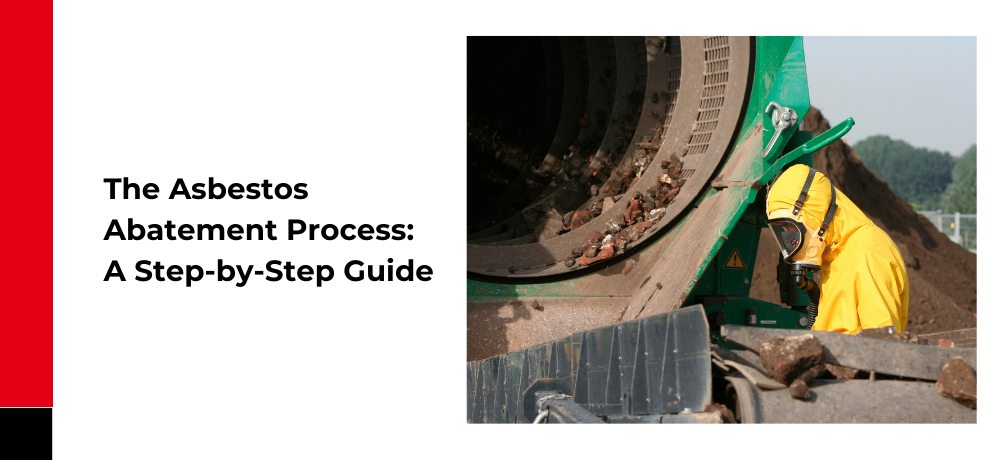The Asbestos Abatement Process: A Step-by-Step Guide

Asbestos, once hailed as a miracle mineral for its heat resistance and durability, has now been recognized as a significant health hazard. Exposure to asbestos fibers can lead to severe respiratory issues, including lung cancer and mesothelioma. As a result, asbestos abatement has become a crucial process to ensure the safety of individuals and the environment. In this guide, we will take you through the asbestos abatement process, detailing the essential steps involved in safely removing and managing this hazardous material.
Site Assessment and Identification:
The initial step in asbestos abatement is a comprehensive site assessment. Trained professionals conduct thorough inspections to identify the presence of asbestos-containing materials (ACMs). This process involves inspecting building materials, such as insulation, flooring, plaster and duct/pipe wrap. Accurate identification is crucial for developing an effective abatement plan tailored to the specific asbestos types and locations within the structure.
Risk Assessment and Management:
Once asbestos-containing materials are identified, a risk assessment is conducted to evaluate the potential health risks associated with their presence. Factors such as the material's condition, location, and the likelihood of disturbance are considered. Based on this assessment, a risk management plan is developed to minimize exposure risks during the abatement process, ensuring the safety of workers and occupants.
Containment and Isolation:
To prevent the release of asbestos fibers into the air during removal, proper containment measures are implemented. This can involve sealing off the affected area with barriers and negative air pressure systems. Workers wear specialized protective equipment, including respirators and disposable coveralls, to minimize personal exposure. Containment is a critical step in safeguarding both the immediate work environment and the surrounding areas from contamination.
Safe Removal and Disposal:
The actual removal of asbestos-containing materials requires careful planning and execution. Trained and certified asbestos abatement professionals use specialized equipment to safely remove the materials without causing fiber release. The removed materials are then properly sealed, labeled, and transported to designated disposal facilities. Strict adherence to regulatory guidelines ensures the secure and lawful disposal of asbestos waste.
Post-Abatement Clearance Testing:
Post abatement air testing may be conducted depending on regulatory requirements. All Type 3 asbestos removal projects require post abatement air testing as per O. Reg 278/05, unless the building is being demolished immediately after abatement. This air testing should be completed by an independent third party consulting firm. Air testing ensures that the cleanup of the containment structure has been done in such a manner that the site meets the regulatory compliance criteria and is deemed safe.
The asbestos abatement process involves a meticulous series of steps, from initial assessment to post-removal testing. Properly executed abatement is essential for protecting the health and well-being of individuals while mitigating environmental risks associated with asbestos exposure.
Safety first! If your property may contain asbestos, Power Environmental/Power Vac Services is ready to ensure a safe and compliant abatement process. To learn more about the services we offer, click here. To contact us, click here or call us at (905) 318-0622.